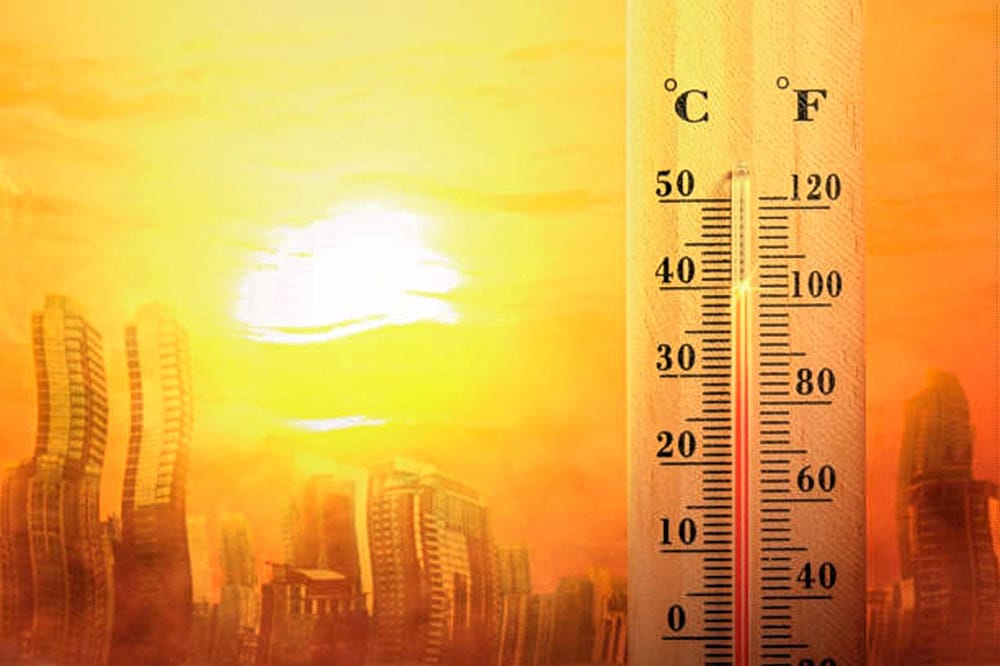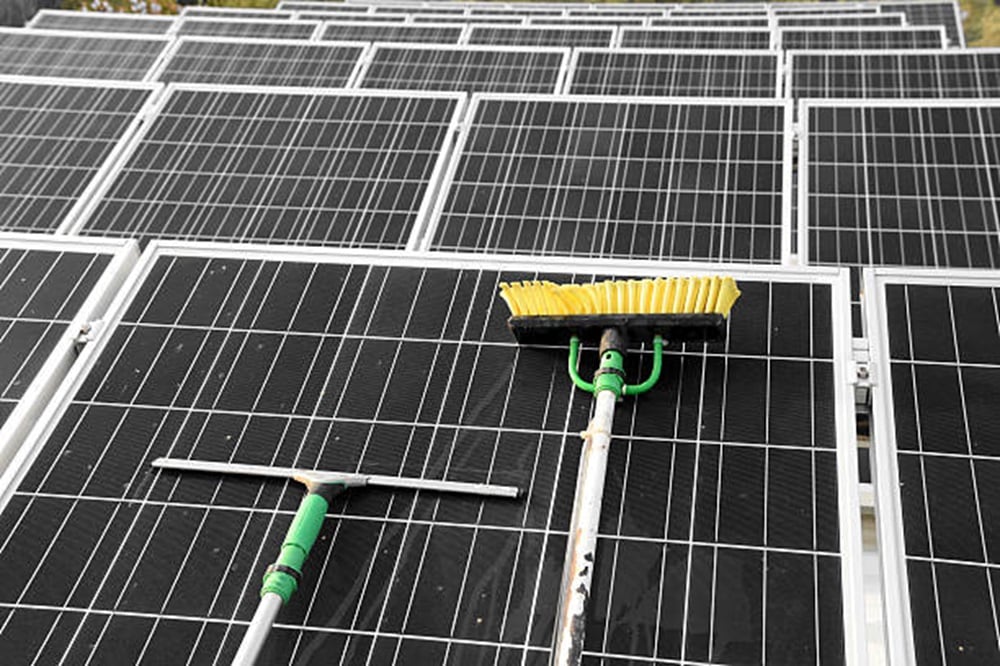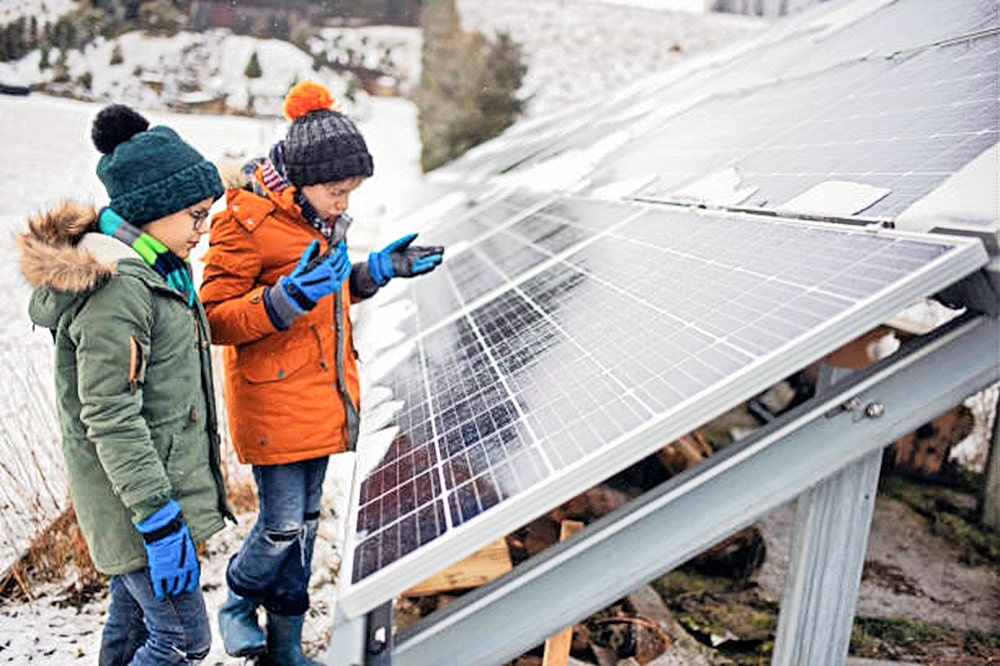With its abundant sunshine hours, Australia is a prime location for harnessing solar energy. But the continent also experiences a variety of weather extremes, from scorching summers, and heavy snowfall to hailstorms and cyclones. This begs the question: can solar panels truly be considered all-weather solar panels?
The answer is yes, with some important considerations. Modern solar panels in Australia are built tough, and designed to withstand the elements. Let’s explore how solar systems fare in the most common weather challenges.
Are you looking to save money on your electricity bills and reduce your carbon footprint? Solar energy is the perfect solution! Energy Matters can help you get up to 3 FREE solar quotes from pre-qualified and vetted solar firms in your area.
With Energy Matters, you can be sure you’re getting the best possible deal on solar energy. We only work with reputable solar firms with a proven track record of delivering high-quality solar systems.
Common weather threats in Australia and their impact on solar panels
1. Snowy surprises: Solar power in winter wonderlands
While snow-capped mountains are beautiful, heavy snowfall can temporarily reduce solar power generation. The snow acts as a blanket, blocking sunlight from reaching the panels.
Resilience strategies:
- Panel tilt angle: A slightly steeper than non-snowy region can help shed snow naturally.
- Panel heating systems (optional): In areas with frequent heavy snowfall, consider optional panels that melt snow accumulation.
2. Facing the heat: Solar panels and high temperatures
Australia is known for its scorching summers. While solar panels are designed to function efficiently under sunlight, extreme heat can affect their performance. Here’s why:
- Temperature impact: Solar panels convert sunlight into electricity. As temperatures rise, the internal resistance of the panels increases, leading to a slight decrease in power output. This phenomenon is known as the temperature coefficient.
Resilience strategies:
- Ventilation: Proper installation with adequate space between the panels and the roof allows for air circulation, promoting natural cooling.
- Module selection: Consider high-efficiency solar panels with a lower temperature coefficient, minimising performance loss during heatwaves.

3. Hailstorms: A threat from above
Large hailstones can pose a significant threat to solar panels. The impact of hail can crack the tempered glass covering the panels, potentially damaging the underlying cells and compromising their functionality.
Resilience strategies:
- Panel standards: Australian solar panel standards consider hail resistance. Look for panels certified to withstand hailstone sizes prevalent in your region.
- Physical protection: In high-risk areas, adding hail guards – metal mesh structures mounted above the panels – can provide extra protection.
4. When the winds pick up: Cyclones and solar systems
Australia’s northern regions are prone to cyclones, bringing powerful winds and torrential rain. While well-mounted solar panels can withstand strong winds, there are factors to consider:
- Installation standards: Solar installations must adhere to strict wind load requirements. Reputable installers ensure proper anchoring and structural integrity to withstand cyclones.
- Panel weight: Heavier panels generally offer better wind resistance. When choosing panels, discuss wind load capacity with your installer.
5. Downpours and salt spray: Coastal considerations
Australia’s vast coastline exposes solar panels to salt spray and heavy rain. While rain typically cleans dust and debris off the panels, improving efficiency, prolonged exposure to salt spray can cause corrosion and degrade performance.
Resilience strategies:
- Panel material: Panels with corrosion-resistant frames and enclosures are ideal for coastal areas.
- Regular cleaning: Schedule regular cleaning to remove salt build-up and ensure optimal panel performance.

6. Heat and bushfires
Australia is no stranger to scorching temperatures. While solar panels are designed to function efficiently under sunlight, extreme heat can cause a slight decrease in power output. This is because the panels’ internal resistance increases with temperature, reducing their ability to convert sunlight into electricity.
Resilience strategies: To minimise the impact of heat, ensure proper ventilation around the panels. This allows for natural air circulation and helps cool them down. Regular cleaning also helps maintain efficiency by removing dust and debris that can further hinder sunlight absorption.
Read more about:

Beyond individual panels: System resilience
While focusing on individual panel resilience is crucial, a robust solar system considers all components:
- Inverters: These convert DC electricity from the panels into usable AC power for your home. Inverters should be properly sized and weatherproofed to handle extreme conditions.
- Monitoring systems: Real-time monitoring allows you to identify potential issues early on, like performance drops after a storm.
- Battery storage: Battery storage offers additional resilience by storing excess solar energy during peak production and using it during power outages or low sunlight periods.
Ready to upgrade your solar systems and take your energy savings to the next level? Embrace the energy efficiency revolution by upgrading your solar systems and adding a battery or solar inverters with Energy Matters.
With our 3 free solar quotes, you can compare plans from pre-qualified and vetted installers in your area and find the perfect solution for your home and business. Harness the sun’s power and save money on electricity bills while reducing environmental impact. Let Energy Matters guide you towards a brighter, more sustainable future.
Conclusion: Solar power – A viable option for Australia's diverse climate
While Australia faces a range of extreme weather events, modern solar panels are built to withstand these challenges. By understanding potential threats, implementing resilience strategies, and keeping systems well-maintained, Australians can harness the power of the sun – even during the most challenging weather conditions. Solar continues to be a reliable source of clean energy for homes and businesses across the vast and diverse Australian landscape.
Frequently Asked Questions (FAQs)
How do solar panels fair in hail storms?
Most solar panels are constructed with tempered glass, a high-strength material that can handle significant impacts. Hailstones up to a certain size typically won’t cause any damage. However, particularly large hail can potentially crack the glass, affecting panel performance.
There are two ways to mitigate this risk:
- Choosing hail-resistant panels: Manufacturers offer solar panels specifically designed for hail-prone regions. These panels have thicker tempered glass or additional protective layers for enhanced impact resistance.
- Proper installation: A qualified installer will ensure the panels are securely mounted to the roof, minimising the chance of wind dislodging them during a storm and increasing their overall resilience.
Can solar panels withstand cyclones?
Cyclones, also known as hurricanes in other parts of the world, pose a significant threat due to high winds and flying debris. Proper installation becomes paramount. Solar panels should be securely anchored to the roof structure using cyclone-rated mounting systems. These systems are designed to withstand powerful winds and minimise the risk of panels becoming projectiles in a cyclone.
Can solar panels withstand high winds?
Standard solar panels can handle strong winds. However, as with cyclones, proper installation is key. The racking system, which supports the panels on the roof, needs to be sized and installed to meet the wind load requirements for your specific area. A qualified installer will consider these factors during the planning and installation process.
How do solar panels help with climate change?
Australia is particularly susceptible to the effects of climate change, which can worsen extreme weather events. Solar energy is a clean and renewable source of power that doesn’t produce greenhouse gases. By switching to solar, you’re generating clean electricity and helping reduce Australia’s reliance on fossil fuels and their associated emissions. This contributes to mitigating climate change and potentially lessening the intensity of future weather extremes.
Ready to go solar? Get an instant assessment
To find out how much a solar system with storage or even an EV charger will cost, try our easy-to-use solar power and battery storage calculator! It will generate performance data and possible cost savings.
We can forward your information to 3 trusted local installers in your area to obtain free, no-obligation solar quotes.
Find out how much you can expect to pay for solar
Ready to find out more? Get FREE quotes for solar, batteries + more
*Prices quoted are to be used as a guide only and do not factor in state and other rebates and incentives. Includes STC discount.













































